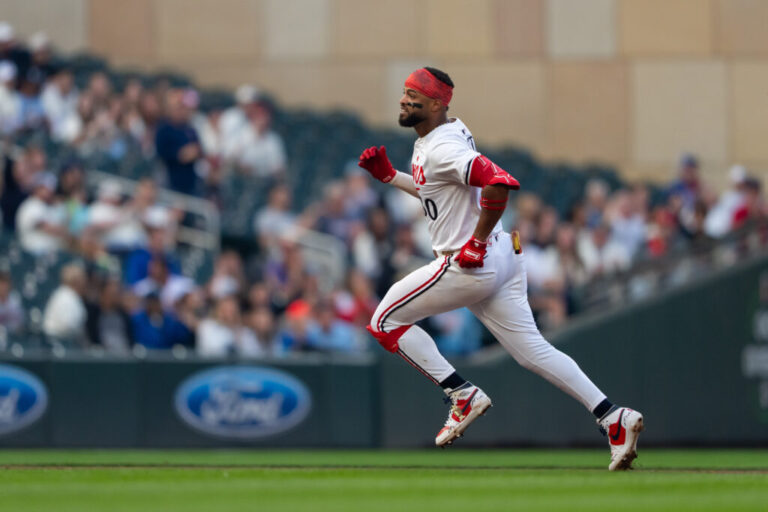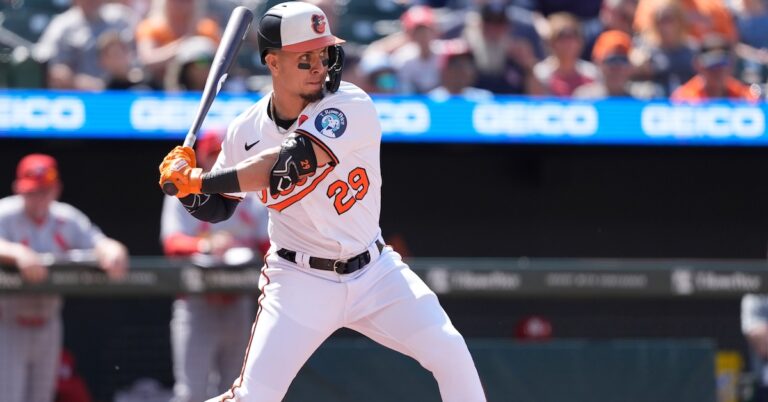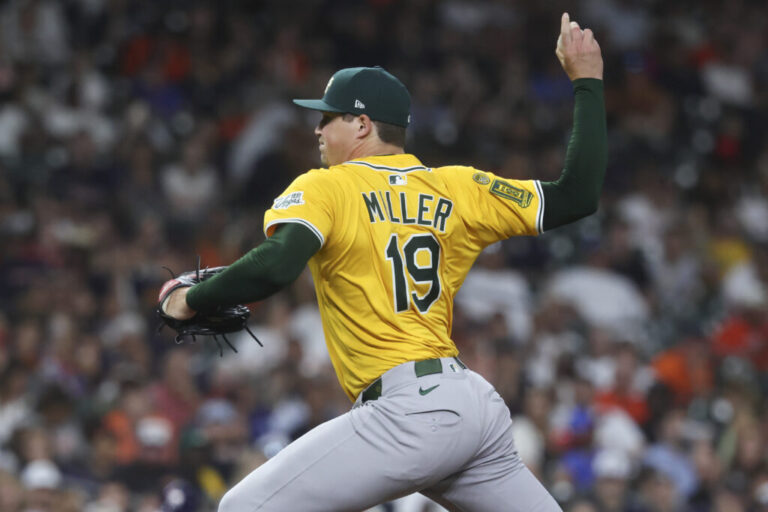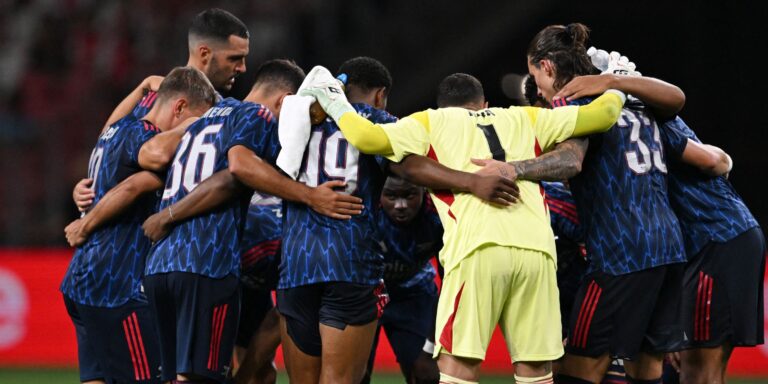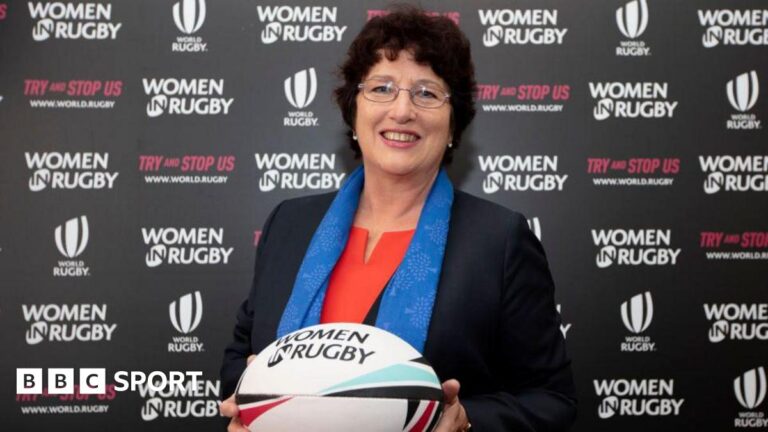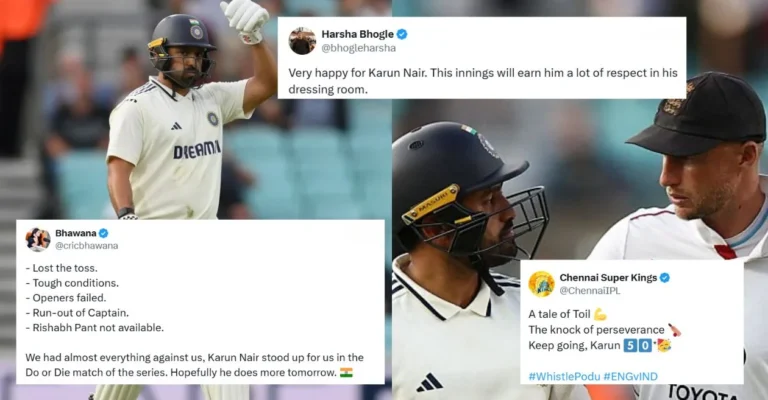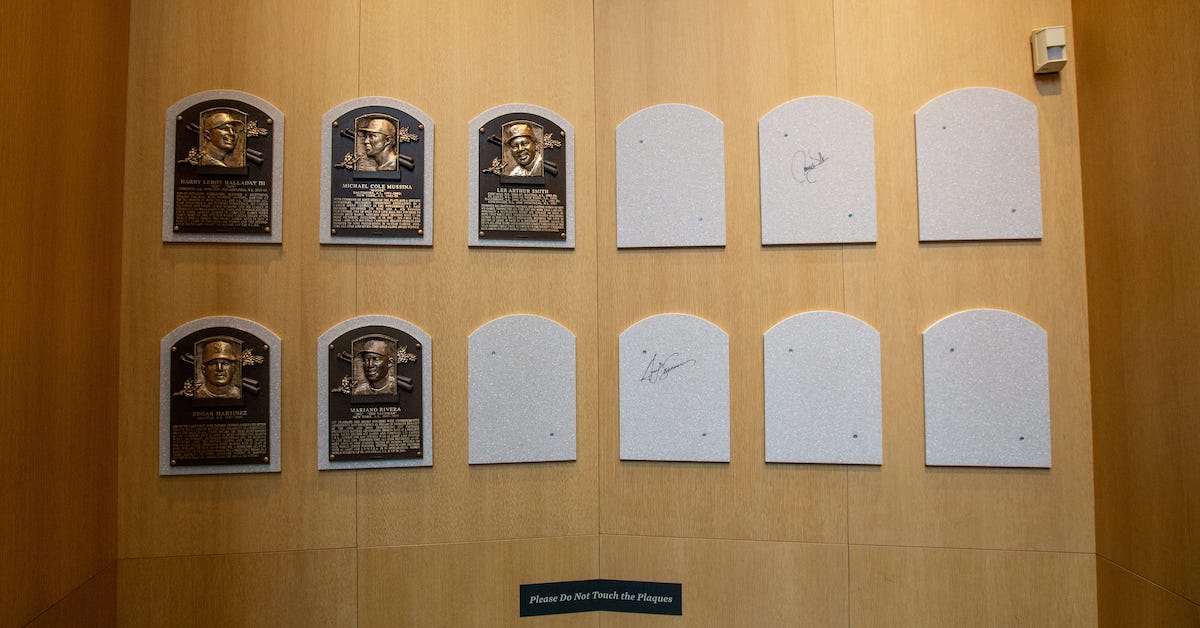

The following article is part of a series concerning the 2025 Classic Baseball Era Committee ballot, covering long-retired players, managers, executives, and umpires whose candidacies will be voted upon on December 8. For an introduction to the ballot, see here, and for an introduction to JAWS, see here. Several profiles in this series are adapted from work previously published at SI.com, Baseball Prospectus, and Futility Infielder. All WAR figures refer to the Baseball-Reference version unless otherwise indicated.
2025 Classic Baseball Candidate: John Donaldson
| Source | W-L | IP | K | ERA | ERA+ | WAR |
|---|---|---|---|---|---|---|
| Baseball Ref (Major Negro Leagues) | 6-9 | 137 | 69 | 4.14 | 88 | 3.4 |
| Seamheads (All Black baseball) | 23-25 | 432.1 | 252 | 2.79 | 123 | 12.7 |
| Donaldson Network (c. 2020) | 408-161 | 5,158 | 5,035 | 1.58 | n/a | n/a |
Baseball Reference data covers only play with teams within leagues recognized as majors during 1920-48 period. Seamheads data includes play with independent teams, but not within Latin leagues or exhibitions against white major leagues. Both WAR totals include Donaldson’s performances as a hitter and outfielder (.296/.341/.382 with 6 HR, 29 SB, and 106 OPS+ via Baseball Reference, .280/.330/.358, with 6 HR, 34 SB, and 98 OPS+ in 1,309 PA per Seamheads). Donaldson Network data, from the 2020 book The Negro Leagues Were Major League, includes play with semipro and town teams, minor league and major league teams, as well as Negro Leagues and pre-Negro Leagues Black teams; while his win and strikeout totals have been slightly superseded since then as cited in the text below, their accompanying statistics have not been published.
“If [John] Donaldson were a white man or if the unwritten law of baseball didn’t bar Negroes from the major leagues, I would give $50,000 for him and think I was getting a bargain.” — John McGraw, quoted in various newspapers, 1915
The career totals are staggering — 428 wins, 5,295 strikeouts, 14 no-hitters, and two perfect games over a span of 33 years — and they’ve all been documented by a network of researchers unearthing primary sources. But only a fraction of those are on Seamheads, and an even smaller fraction on Baseball Reference, covering his time in the major Negro Leagues. John Donaldson is an enigma. He may have been the greatest Black baseball pitcher of all time.
A 6-foot-1, 180-pound left-hander who had speed, a wide assortment of curveballs, and a good changeup, Donaldson spent the years from 1908–40 carving out a singular career in Black baseball. He barnstormed before the major Negro Leagues were in place, dominating the competition, spent five seasons (1920-24) with the Kansas City Monarchs (whom he’s said to have named) of the first Negro National League, primarily as an outfielder rather than a pitcher, and then spent over a decade and a half continuing his barnstorming odyssey on integrated and Black semiprofessional teams.
Donaldson “drew a blueprint on how to make money in baseball outside of the major leagues that Satchel Paige followed 20 years later,” wrote SABR biographer Brian Flaspohler. “He showed Satchel the way,” wrote Buck O’Neil. “The fact is there are many people who saw them both who say John Donaldson was just as good as Satchel.”
Hall of Famer J.L. Wilkinson, who signed Donaldson for his World’s All Nations barnstorming club and later founded the Monarchs, for whom Donaldson and Paige both pitched, said, “Paige is a great pitcher, all right… but Donaldson had more stuff. There never was a pitcher, black or white, who could put more on the ball than Donaldson.” Major league managers such as McGraw, Frank Chance, and Hughie Jennings coveted him, as did White Sox owner Charles Comiskey.
Painstakingly gathered by the Donaldson Network, a diligent group of over 500 researchers led by SABR member Peter Gorton, Donaldson’s career totals are remarkable, but they’re often waved off. In The Biographical Encyclopedia of the Negro Leagues, James A. Riley noted that Donaldson spent his prime “playing against white semi-pro ballclubs of dubious quality, resulting in both inflated statistics and fragmentary records.” Thus, it’s hard to directly compare Donaldson’s body of work against the likes of Paige, Smokey Joe Williams, Bullet Rogan, Willie Foster, and Dick Redding. Even so, he’s regularly placed in the pantheon alongside those hurlers by the people who saw him.
Donaldson was born on February 20, 1891, in Glasgow, Missouri, a river town where lynch mobs were all too common. His father worked at the local stone quarry, while his mother raised him and his four younger siblings. Blessed with a strong arm, he pitched for his all-Black Evans grade school team, but by high school he was playing for amateur teams in another town, primarily the Hannaca Blues, an all-Black team owned by the town’s mayor, Will Hannaca. He spent a year at George R. Smith College in Sedalia, Missouri, the alma mater of ragtime composer Scott Joplin.
Donaldson began his professional career in 1911, playing for a team called Brown’s Tennessee Minstrels (and informally known as the Rats); the team would play a day game and then put on minstrel shows in the evening. In over 60 games that year in Iowa, Minnesota, and Nebraska, he went 44-3, his team 184-17. “The Rats have a slab artist on their staff who if he had a coat of white wash would be playing big league ball,” wrote the Ackley Inter-County Journal (Iowa). “He is certainly a chocolate colored wonder with his slants.”
In 1912, Wilkinson, a semipro ballplayer from Algona, Iowa, formed the multiethnic World’s All Nations, and signed Donaldson, who would pitch every third game and play the outfield for the other two. The team traveled by private Pullman car, carrying their own portable bleachers and gasoline-powered lights. From 1912 to ’15, Donaldson struck out more than 400 hitters a year, with superhuman performances — 27 in a 12-inning one-hitter in Marshall, Minnesota, in 1913; 22 in a one-hitter in Storm Lake, Iowa, in ’14; 30 in an 18-inning 1-0 loss in Sioux Falls in ’15 — seemingly routine. In 1913 and ’14, he had scoreless innings streaks of 100 innings. In 1915, he tossed 30 consecutive hitless innings. He pitched seven documented no-hitters from 1912-17, the period when he was at his best in terms of raw ability. He also pitched for other teams, most notably the Los Angeles White Sox, a Black team competing against both Black and white teams in the California Winter League in the winter of 1916-1917.
Seamheads has only a small trickle of data from this period, by which I mean data reconstructed using box scores from games against other major Black teams, and additionally audited and balanced. For 1917, he’s credited with a 3-4 record in seven starts and one relief appearance totaling 60 innings, with 45 strikeouts and a 1.95 ERA; he also hit .260/.362/.300 in 60 PA according to this data.
The All Nations team was profitable, but in June 1917, with the military draft looming, Wilkinson called it quits. Donaldson continued as manager, meeting as many of the team’s previous commitments as he could. When he married Eleanor Watson in November of that year, the Kansas City Sun announced, “The Race’s Greatest Base Ball Pitcher and one of its most charming young women to be married.” The couple remained together for 53 years; they never had children.
Donaldson began military service and did a tour of duty with the 365th Infantry in France in 1918. He also pitched briefly for the Indianapolis ABCs, a team that featured Hall of Famers Oscar Charleston (center fielder) and Ben Taylor (first baseman), before heading east and joining the Brooklyn Royal Giants, where he was teammates with Redding and Hall of Famers John Henry Lloyd (manager and shortstop) and Louis Santop (catcher). Seamheads credits Donaldson with a 7-6 record and a 2.13 ERA with 57 strikeouts in 114 1/3 innings with the two teams. Donaldson spent 1919 with the Rube Foster-organized Detroit Stars, going 5-5 with a 2.33 ERA in 85 innings according to Seamheads; in those two seasons, he completed 20 of 22 starts.
In 1920, when Foster founded the first Negro National League, the 29-year-old Donaldson reunited with Wilkinson, the founder and owner of the Monarchs. He went 6-6 with a 3.78 ERA (94 ERA+) and 54 strikeouts in 95 1/3 innings, and hit .294/.335/.403 (120 OPS+) with five homers and 10 steals in 330 PA, with 63 games as a center fielder. Based upon the available data, he was less successful on both sides of the ball in 1921, hitting for an 88 OPS+ and getting knocked for a 4.97 ERA in 41 2/3 innings; it is believed he was suffering from injury or arm fatigue, but that hasn’t been documented.
In 1922, Donaldson continued to play the outfield for the Monarchs and hit .337/.384/.478 in 103 PA. He didn’t pitch for them, but served as pitcher and manager for a reconstituted, all-Black All Nations team. It was more profitable for the pitcher and the owner for him to work outside the league than within it, as the NNL’s teams had a revenue-sharing agreement. The arrangement, which helped the Monarchs make paydays, also served as a talent pipeline. Donaldson continued on this road in 1923, playing only a handful of games for the Monarchs.
Donaldson left the Monarchs prior to their first league game in 1924 and joined the Bertha Fishermen, an integrated semipro team from central Minnesota, relatively close to his wife’s family in the Twin Cities. Eager to put their town on the map, the local business leaders of Bertha had spent three years saving up money to afford his $325 per month salary, which was more than the Negro Leaguers were making. For Donaldson, the appeal was getting off the road; instead of playing seven games a week in different cities, he could now play three or four games a week with limited travel. He occasionally hired himself out to pitch for other teams, which could draw big numbers by promoting his presence. According to Gorton, he went 20-3 with a 1.11 ERA and 320 strikeouts in 212 innings for Bertha in 1924, and 18-5 with a 1.60 ERA and 244 strikeouts in 202 2/3 innings in ’25.
Remarkably, there exists a 39-second snippet of footage of Donaldson pitching in 1925. It was taken by a man named W.T. Oxley using a Kodak Model 16-mm camera and shows Donaldson throwing three pitches to one of the 18 batters he struck out that afternoon.
Donaldson continued in the barnstorming vein, spending 1926 primarily with the Lismore (Minnesota) Gophers, returning to Bertha again in ’27, and pitching for Melrose (Minnesota) in ’28, the Colored House of David in ’29, and St. Cloud, Minnesota, in ’30. His salary grew, topping $450 per month in 1926, and later reaching $750 per month.
The 40-year-old Donaldson made a brief return to the Monarchs in 1931, playing the outfield as they barnstormed through the Midwest. But he was hardly done with pitching, let alone barnstorming. He spent the 1930s pitching for Black semipro teams including the Chicago Giants (not to be confused with the NNL’s Chicago American Giants), and pitched competitively as late as ’40, when he was 49.
In 1932, Donaldson opened up in describing his career and the hard road he traveled. As quoted in the Ironwood Daily Globe (Michigan), June 10, 1932:
I am not ashamed of my color. There is no woman whom I love more than my mother, I am light enough so that baseball men told me before I became known that I could be passed off as a Cuban. One prominent baseball man in fact offered me a nice sum [$10,000 in 1917] if I would go to Cuba, change my name and let him take me into this country as a Cuban. It would have meant renouncing my family. One of the agreements was that I was never again to visit my mother or to have anything to do with colored people. I refused. I am clean morally and physically. I go to my church and contribute my share. I keep my body and mind clean. And yet when I go out there to play baseball it is not unusual to hear some fan cry out: ‘Hit the dirty n*****.’ That hurts. For I have no recourse. I am getting paid, I suppose, to take that. But why should fans become personal? If I act the part of a gentleman, am I not entitled to a little respect?”
In 1949, the Chicago White Sox hired Donaldson to scout, making him the first Black scout employed by a major league team, or at least the first openly acknowledged one. He established relationships with historically Black colleges and universities, and signed at least 13 players, including Negro League veterans Sam Hairston, Bob Boyd, and Connie Johnson. Hairston became the first Black American player to play for the White Sox in 1951 (Minnie Miñoso had integrated the team earlier that year), and though he played only five games for them, his two sons (Jerry and John) and two grandsons (Jerry Hairston Jr. and Scott Hairston) made for an impressive legacy. Boyd and Johnson both spent multiple seasons with the White Sox and Orioles. But Donaldson couldn’t interest the White Sox in Willie Mays, Henry Aaron, or Ernie Banks, the last of whom signed with the crosstown Cubs. According to O’Neil, Donaldson told the White Sox, “If you don’t want good players, I don’t want your job.”
Donaldson left the organization in 1955, and later worked for the U.S. Post Office. He died from bronchial pneumonia on April 14, 1970, and was buried in an unmarked grave. In 2004, the Negro League Baseball Grave Marker Project placed a headstone donated by the White Sox on his grave. “A man before his time,” reads the inscription.
Many of Donaldson’s peers have viewed him as an all-time great, as do many historians. According to Steven R. Greenes, the author of Negro Leaguers and the Hall of Fame: The Case for Inducting 24 Overlooked Ballplayers, Hall of Famers Lloyd, Bill Foster, Monte Irvin, and Ben Taylor are among those who included Donaldson on their all-time teams. Historian Robert Peterson, whose 1970 book Only the Ball Was White helped to jump-start interest in Negro Leagues baseball, included Donaldson as a first-teamer alongside Hall of Famer Smokey Joe Williams on his all-time team. Bill James placed Donaldson and Williams as Black baseball’s two best pitchers for the 1914-16 period. John B. Holway, author of The Complete Book of Baseball’s Negro Leagues, awarded him his George Stovey award as Black baseball’s best pitcher for 1916. The oft-cited 1952 Pittsburgh Courier experts poll of 31 Negro League players, managers, executives, and writers recognized him as a first-team pitcher alongside Williams, Paige, Rogan, and Foster, all of whom are Hall of Famers.
Consideration for the Hall eluded Donaldson until 2006, when the Special Committee on the Negro Leagues included him on its 94-candidate preliminary ballot and its 39-candidate final one. Like several other candidates who ended up alongside him on the 2022 Early Baseball Era Committee ballot (O’Neil, Grant “Home Run” Johnson, Redding, and George “Tubby” Scales), he was not among the 17 elected despite non-voting chairman Fay Vincent telling the New York Times’ Murray Chass that he believed Donaldson would be elected. Committee member James Overmeyer told him that Donaldson’s decision to leave the Negro Leagues and return to semipro ball was a major factor discussed before he was voted upon, according to Greenes, who pointed out that the data at the time showed Donaldson only with 146 documented wins and 2,245 strikeouts.
While those numbers have more than doubled thanks to the Donaldson Network, they’re bulked up by his semipro games. According to a table at the end of Gorton’s article “John Donaldson: Restoring the Legacy of Segregated Baseball’s Greatest Pitcher,” collected in the 2020 book The Negro Leagues Were Major Leagues: Historians Reappraise Black Baseball (edited by Todd Peterson), 362 of Donaldson’s 408 wins (now up to 428) came while playing for semipro or town teams, and likewise for 4,456 of his strikeouts. His numbers against major league or even minor league competition are unremarkable, though it’s worth remembering, as Gorton points out, that his teammates were also semipro. His body of work against Negro Leagues teams and pre-Negro Leagues Black teams (what Gorton calls “big time black teams”), while strong, is limited; Gorton’s data has over 60% more innings credited to the latter group than Seamheads does, but it’s still just 14% of the total data collected:

“He was dominating a lot of farmers, let’s face it,” Gorton told MLB.com in 2020. “But you have to remember, this is what segregation was. Segregation was push ’em out and get ’em out as far away as possible, and that meant some strange and out-of-the-way places where there weren’t Major Leaguers.”
Donaldson was one of seven Negro Leagues or Black baseball stars included on the 2022 Early Baseball Era Committee ballot, from which O’Neil and pioneer Bud Fowler were elected, with the former receiving 87.5% of the vote from the 16-member committee, the latter 75%. The two next-highest vote recipients, Vic Harris (62.5%) and Donaldson (50%) are the two on this ballot, which covers a wider time range (pre-1980 instead of pre-1950) and yet contains fewer candidates (eight instead of 10).
For as tough as it may be to evaluate Donaldson’s actual performance, to these eyes the weight of the evidence and the assessments of his peers and historians suggest that he’s worthy of enshrinement on the basis of his pioneering, in helping to lay the groundwork as a barnstormer — “for showing the way,” to use O’Neil’s term. Like the careers of Fowler and O’Neil himself, Donaldson’s path was a singular one, and appreciating his accomplishments in the midst of the hardships he faced requires grasping a breadth that goes beyond just the performance data. He left a huge mark upon the game, one that his contemporaries grasped long before the rest of the baseball world.
Voting for the Hall of Fame doesn’t happen in a vacuum; each candidate is in competition with seven others for one of the three precious spots on each voter’s ballot. Having now analyzed and reviewed the cases of all eight candidates, I’m a firm yes, without reservations, on two, namely Dick Allen and Harris. I’m a firm no on two others, Steve Garvey and Dave Parker. Despite being in favor of Ken Boyer’s election, his minimal support on past ballots in this format has led me to bypass him this time around. I’ve spent weeks wrestling with a choice between the late Luis Tiant, who has stronger statistical credentials than contemporary Tommy John, whose role as the guinea pig in the most famous sports medicine procedure of all time has to be worth something that closes the gap between the two, at least to some degree. And into this mix now is Donaldson.
Though a virtual exercise, this isn’t an easy choice, particularly because the comparison isn’t a simple apples-to-apples one even for the two contemporaries, and because we’re not just comparing performances once we expand to evaluate Donaldson. I went into this process believing that I would emerge with a ballot that included Tiant, but while I think he’s worthy of enshrinement — and particularly chafed that it couldn’t happen before his death in October — both he and John hail from an era that has already sent plenty of pitchers to Cooperstown (not always the right ones), and that has been pored over endlessly. I’ve never been a particularly firm believer in John’s case on a performance basis, and I’m still not sure the credit on a pioneering basis is his alone to claim instead of being shared with Dr. Frank Jobe. That Donaldson’s case is so different from both, and has gotten so much less exposure in this context, is compelling. In the end, because I think the Hall is overdue for the admission of several additional Negro Leagues and pre-Negro Leagues Black baseball candidates, I’m choosing Donaldson as a step in the right direction. I think his chances for election hinge upon how much Negro Leagues and Black baseball expertise the committee members have, and while I’m not tremendously optimistic, I’m holding out hope.
